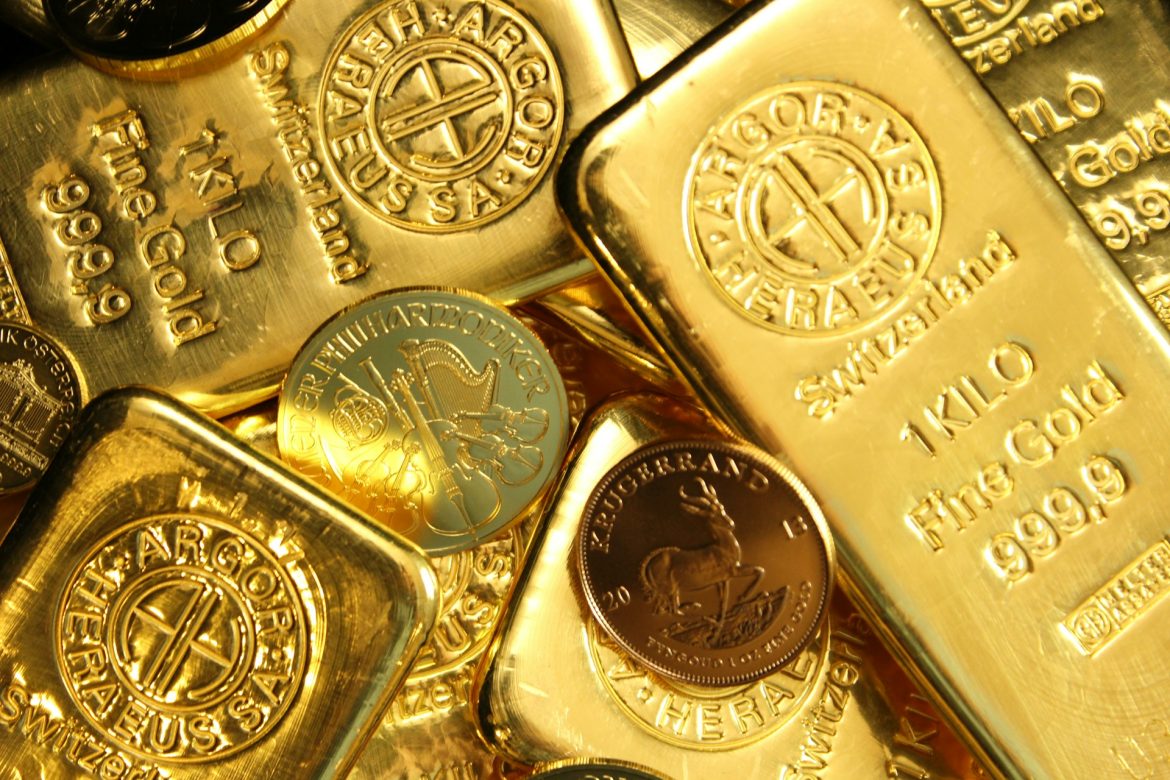On Friday afternoon, the price of gold fell below the $2,300 mark following robust labour market data that dashed hopes of early interest rate cuts by the Federal Reserve. Consequently, US yields and the dollar surged, putting gold under pressure. The price drop had already begun earlier in the day when news broke that China was pausing its gold purchases, prompting investors to take profits. This double blow marked a significant turn. The record-breaking surge that pushed gold prices to $2,450 on May 20 may have come to an abrupt end. Yesterday’s significant red daily candle, which saw the gold price tumble by around $100, certainly suggests further trouble ahead.
Gold Price Plummets
Amidst the negative news, gold prices ultimately dropped below $2,300 per ounce, marking the steepest decline in nearly three years, as reported by Bloomberg. The unexpectedly strong US labour market data shattered the hope that the Federal Reserve would be able to cut interest rates soon.
Yields on government bonds and the dollar surged after the US government’s employment report for May showed job growth and high wages significantly above expectations. The price per ounce of gold temporarily plunged by up to 3.7%, the sharpest drop since August 2021, while silver fell by 7%. Other base metals also experienced further declines. The following XAUUSD chart shows the trend of gold and the 10-year US yield.
“Strong labour market data have nullified much of the rate cut expectations that had built up over the past week,” said Ole Hansen, head of commodity strategy at Saxo Bank AS. “This report has definitively closed the door on an earlier rate cut, as wage growth continues and employment remains robust.” More expert opinions on the hot labour market data and possible Fed rate cuts can be found in the short video below:
No Quick Fed Rate Reversal
Recently, Fed members have stated that they need more evidence of inflation moving towards the central bank’s 2% target before they can lower interest rates. Meanwhile, investors are looking for signs of a soft landing for the economy that would justify rate cuts in the US. Lower borrowing costs usually positively affect interest-free gold – and vice versa.
After gold prices rose to a record high of around $2,450 per ounce, they traded within a relatively narrow range amid uncertainty over the Fed’s interest rate path. Swap traders no longer fully expect a rate cut before December.
Among non-ferrous metals, copper fell by 3.9% to its lowest level since May 2, and zinc saw the sharpest one-day drop since October 2022.
China Pauses Gold Buying Spree
Gold prices were already trading lower on Friday morning when data showed that the Chinese central bank did not purchase any gold last month, ending an 18-month buying spree that had contributed to the rise in the precious metal. The People’s Bank of China had been increasing its reserves since November 2022, leading a wave of purchases by global central banks amid rising geopolitical tensions.
“My first thought is that China – one of the main drivers of last year’s gold rally – is far from done with gold buying,” Hansen said. The pause simply indicates they are hesitant to pay record-high gold prices.
The PBOC’s demand for gold bars is driven by China’s efforts to diversify its reserves and protect against currency depreciation. According to the World Gold Council, public institutions’ purchases worldwide reached a record level in the first quarter, with China being the largest buyer.
China’s Waning Gold Appetite
There had been signs that Chinese demand was cooling off as higher gold prices took their toll. In April, the PBOC purchased only 60,000 ounces, down from 160,000 ounces in March and 390,000 ounces in February. The country’s imports fell by 30% in April compared to the previous month.
The risk for gold bulls is that China’s insatiable appetite for gold makes the precious metal vulnerable to potential shifts in demand.



